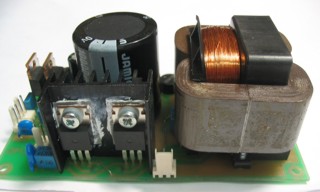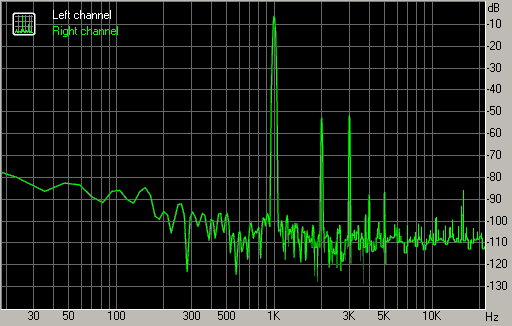Mix sample: FET Engl + 5W FET PA + 4x12 cabinet
http://milas.spb.ru/~kmg/files/projects/Engl530/fet/reamp/5W4x12/530c1.MP3
http://milas.spb.ru/~kmg/files/projects/Engl530/fet/reamp/5W4x12/530c1.MP3
30% off all Honey Amp kits, check it out at https://store.ssguitar.com !
This section allows you to view all posts made by this member. Note that you can only see posts made in areas you currently have access to.
Show posts Menu
QuotePower transformers work very well in low frequencies (they are designed for 50/60Hz with over 95% efficiency, at full power), they couldn't care less above anything over 400 Hz ; it's a miracle that they have any highs at all.In my FET PAs I used thin ribbon winded cores from power transformers (but with interleaving primary/secondary windings)



QuoteWell, a 110+110V primary will probably work.In this case you have twice reduced primary coil current limit, due to thinner primary coil wire.
QuoteYou maybe able to source 100volt line transformers as they have been used with success in Valve rigs and it is likely they could be made to work with KMG's concept.110V transformer with center tap (2x55V) seems to be good for versions with 80V supply.
Quoteby the way i found an old monitor and found many things there transformer too. . . but the thing is i dont know how to check the transformers specs . . but thanks anyways!If the transformer has a ferrite core, it is not suitable as the output transformer.
Quotewhere can i find transformer for micro PA? the 5watts PA? i really want to make one but i dont really understand how the thing works . . about amps!For micro PA you can try to use transformer from old transistor radio.
QuoteAre you planning on selling these amps at all? Or kits to build them? At least a preamp maybe?Only one item is now planned for production - 5W fet PA

